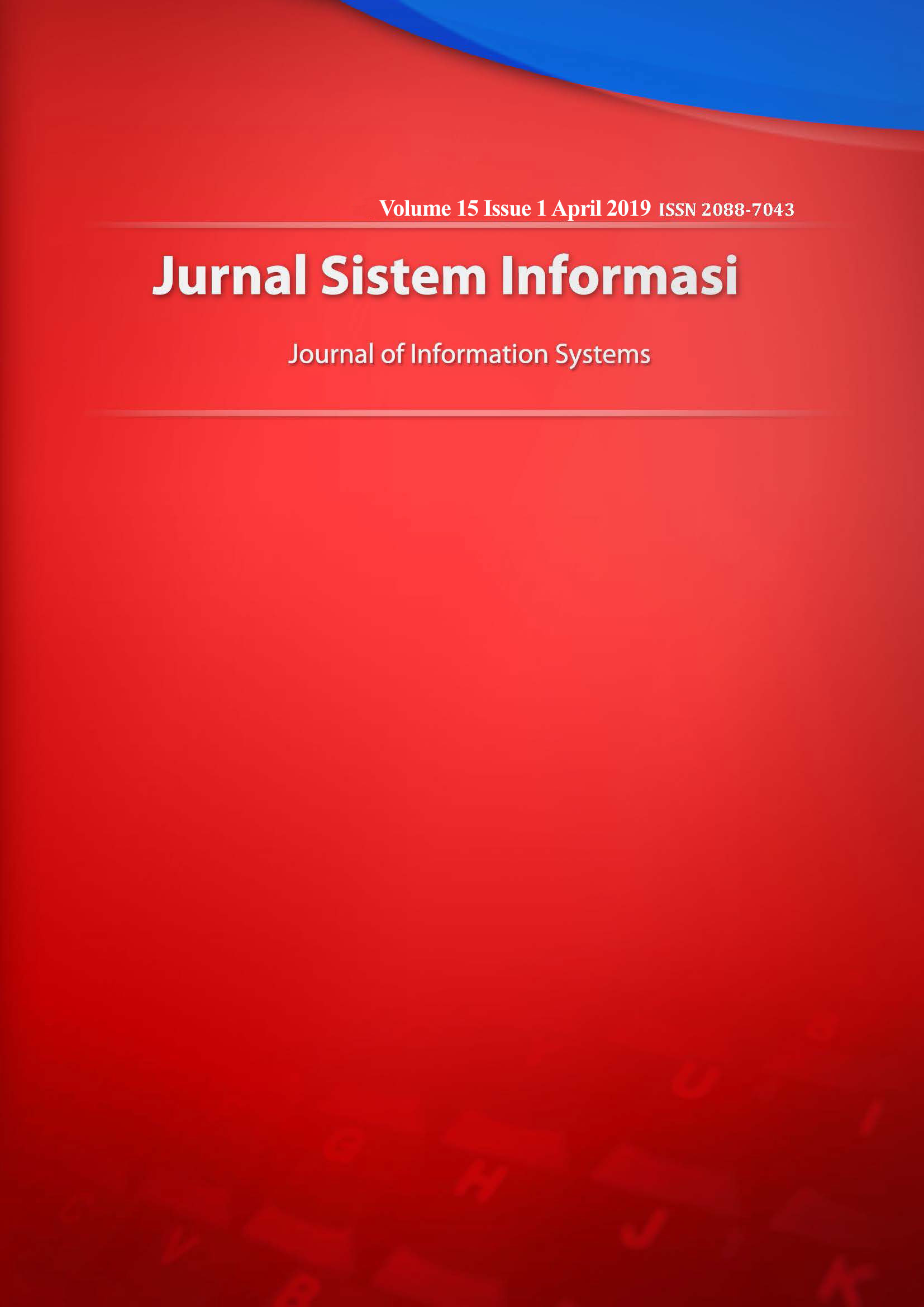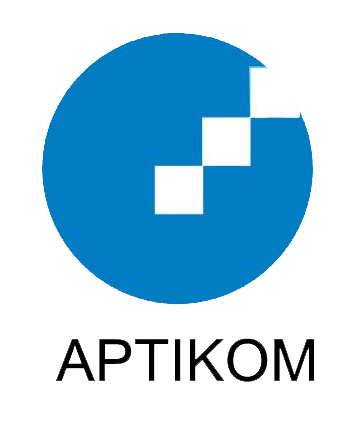INFORMATION SHARING AND MECHANISM IN ONLINE COMMUNITY
A NETNOGRAPHY STUDY
Abstract
The emergece of C2C (customer to customer) community in e-commerce platform is expected to boost the number of SME moving to online plaform. Since the community could provide information and experience required by new e-commerce players. This study aims to analyse what information is shared by members in C2C community and what is the information sharing mechanism that implemented on it. Netnographic study was conducted by observing 1002 posts from the Bukalapak community for six months. As Bukalapak is one of the largest C2C platfom in Indonesia. The result shows that the information shared could be classified by keyword in to five classes, namely categories of tips and tricks, ideas and problems with third parties, ideas and problems of features, community, and question and answer. The information category that has not been covered by Bukalapak original categories is and problems with third parties which mentioned in many posts by community member. The mechanisms used to share the information are including, standard, policy, status and reward.
Downloads
Copyright (c) 2019 Jurnal Sistem Informasi

This work is licensed under a Creative Commons Attribution-ShareAlike 4.0 International License.
Authors who publish with this journal agree to the following terms:
- Authors retain copyright and grant the journal right of first publication with the work simultaneously licensed under a Creative Commons Attribution License that allows others to share the work with an acknowledgement of the work's authorship and initial publication in this journal.
- Authors are able to enter into separate, additional contractual arrangements for the non-exclusive distribution of the journal's published version of the work (e.g., post it to an institutional repository or publish it in a book), with an acknowledgement of its initial publication in this journal.
- Authors are permitted and encouraged to post their work online (e.g., in institutional repositories or on their website) prior to and during the submission process, as it can lead to productive exchanges, as well as earlier and greater citation of published work (See The Effect of Open Access).








